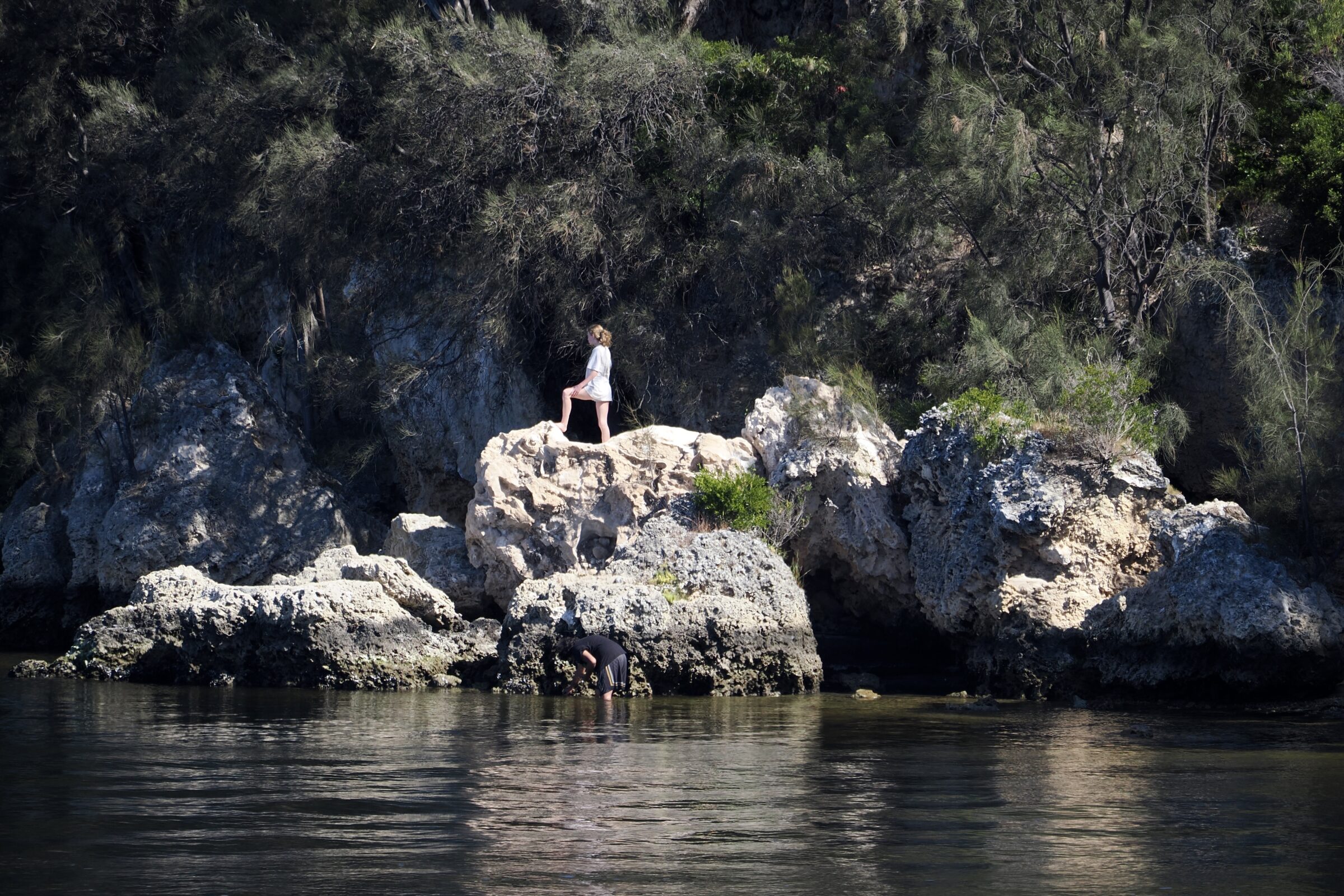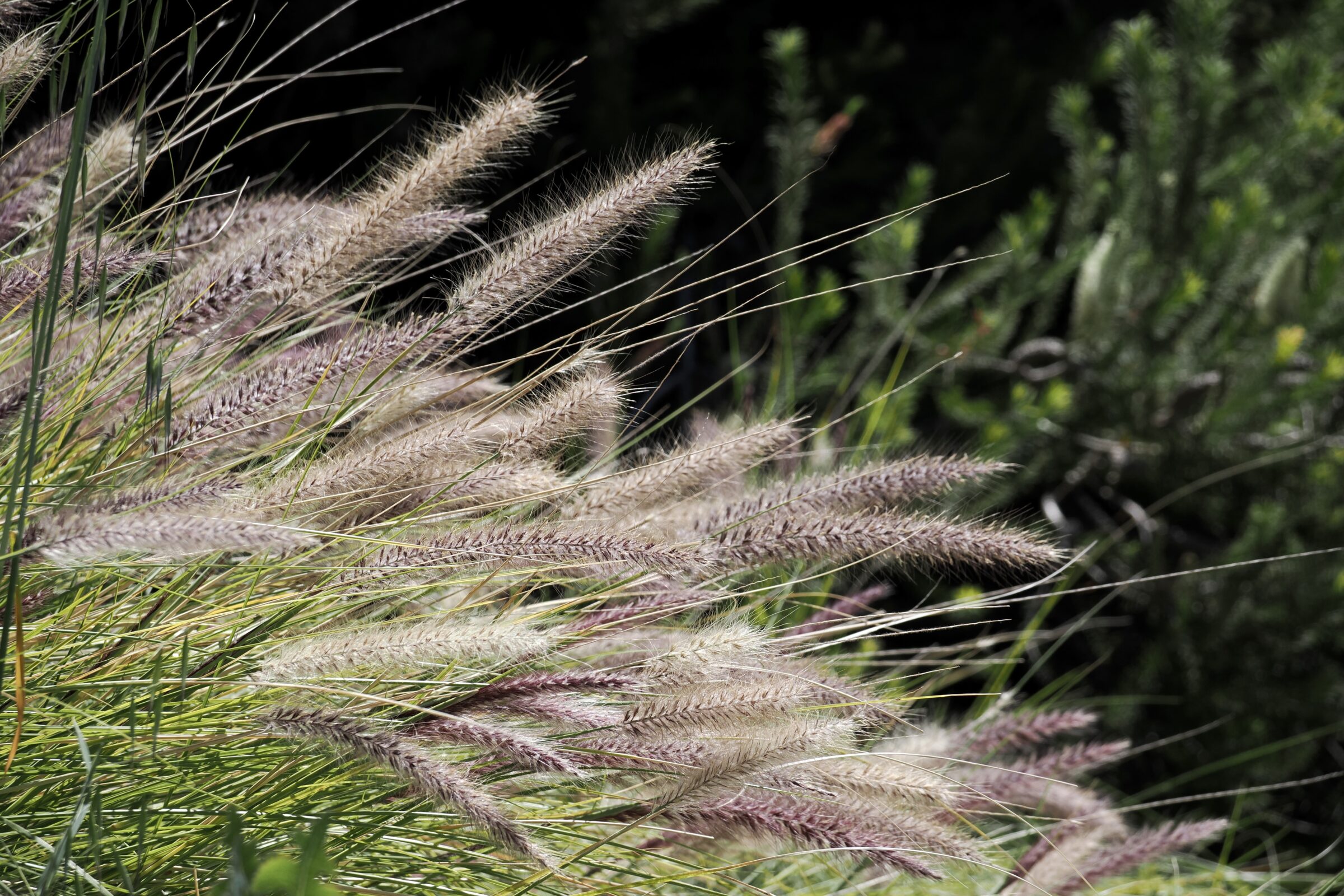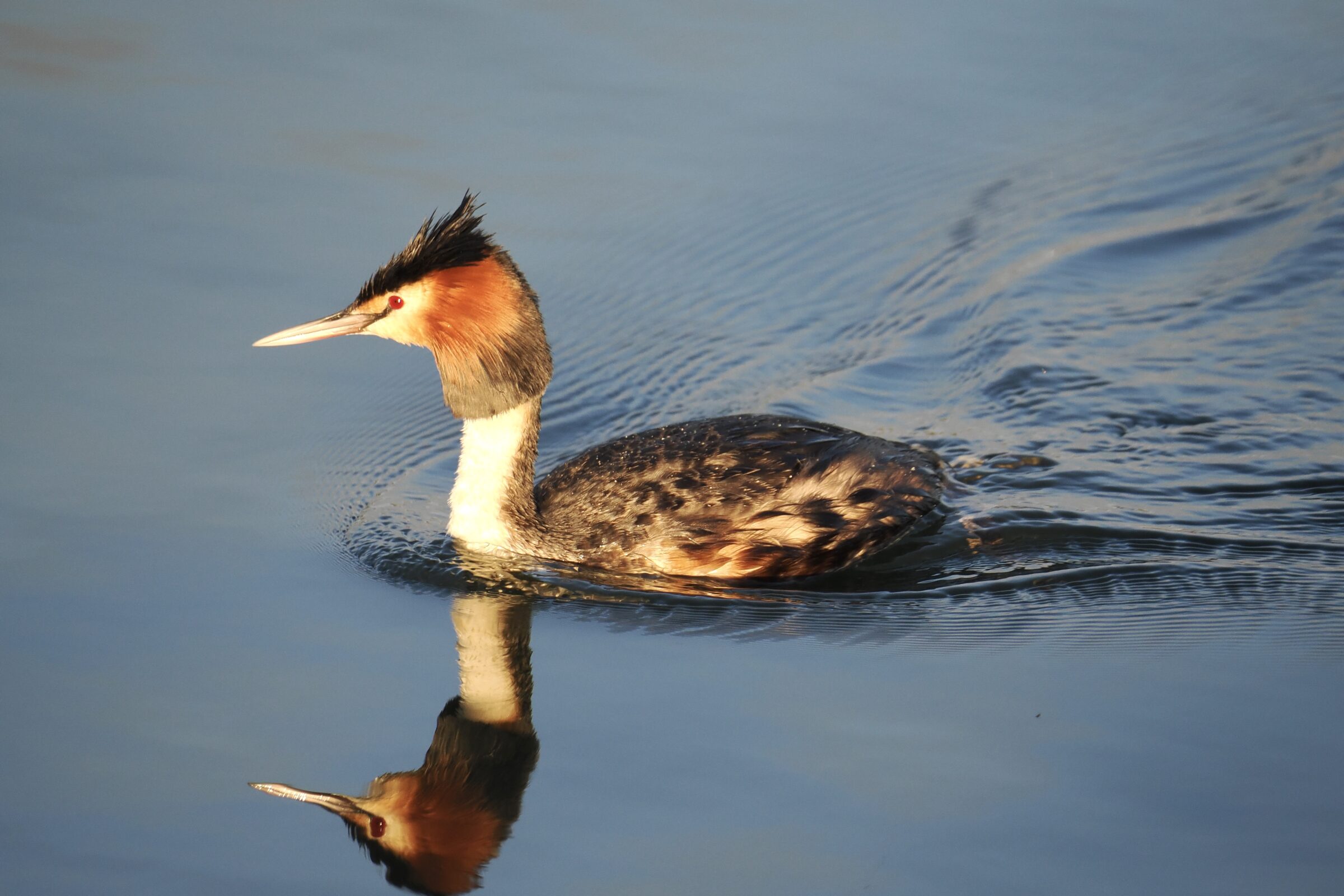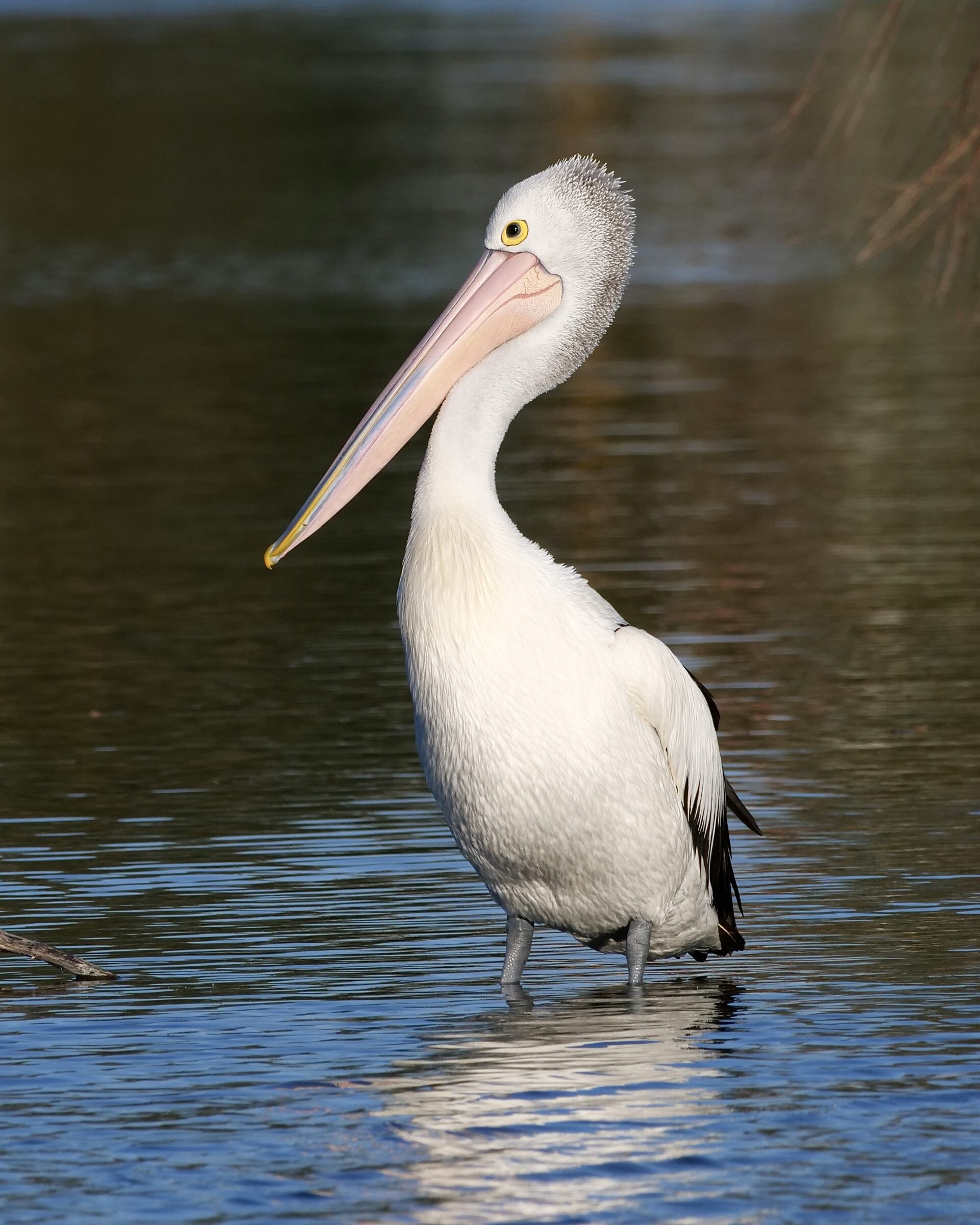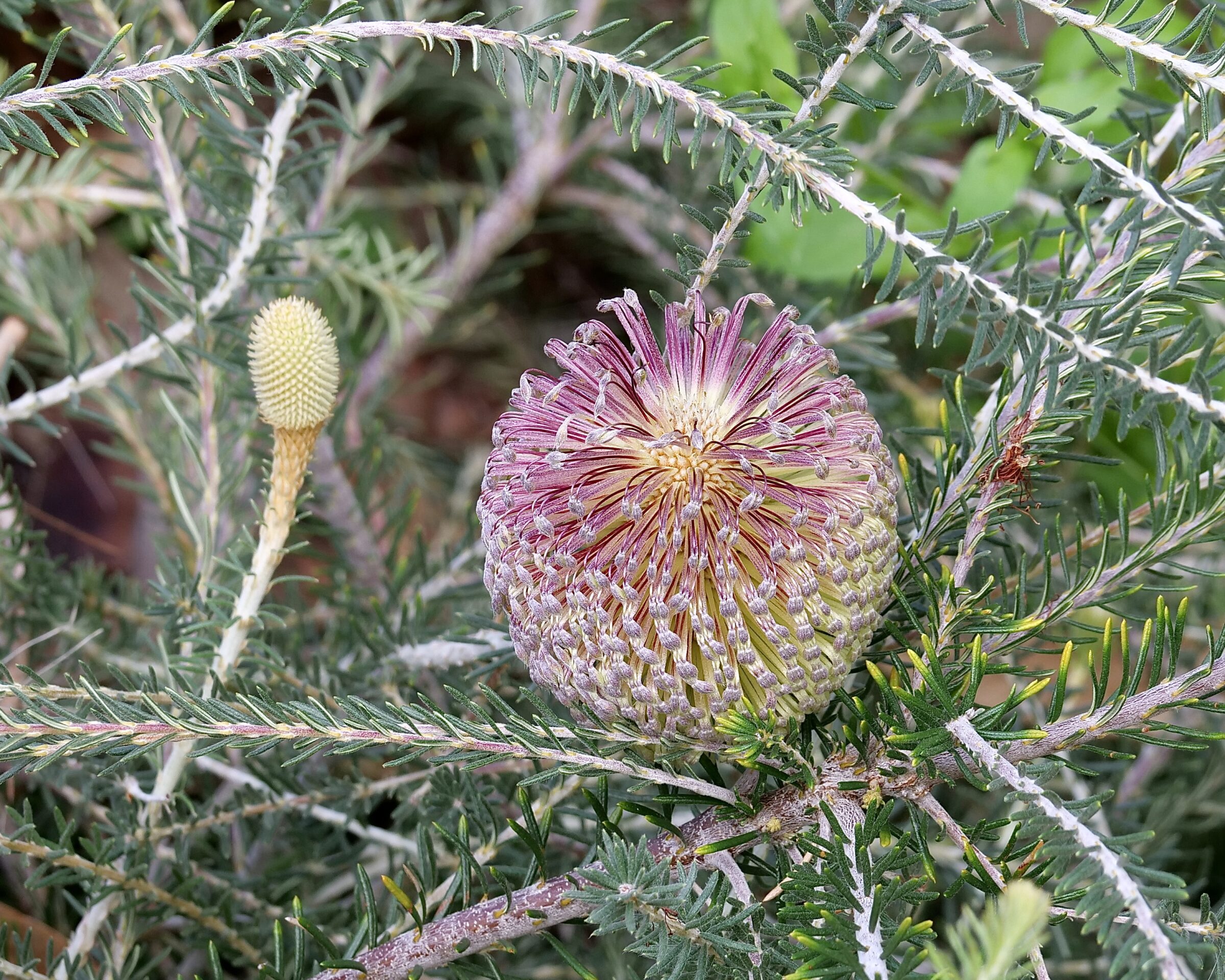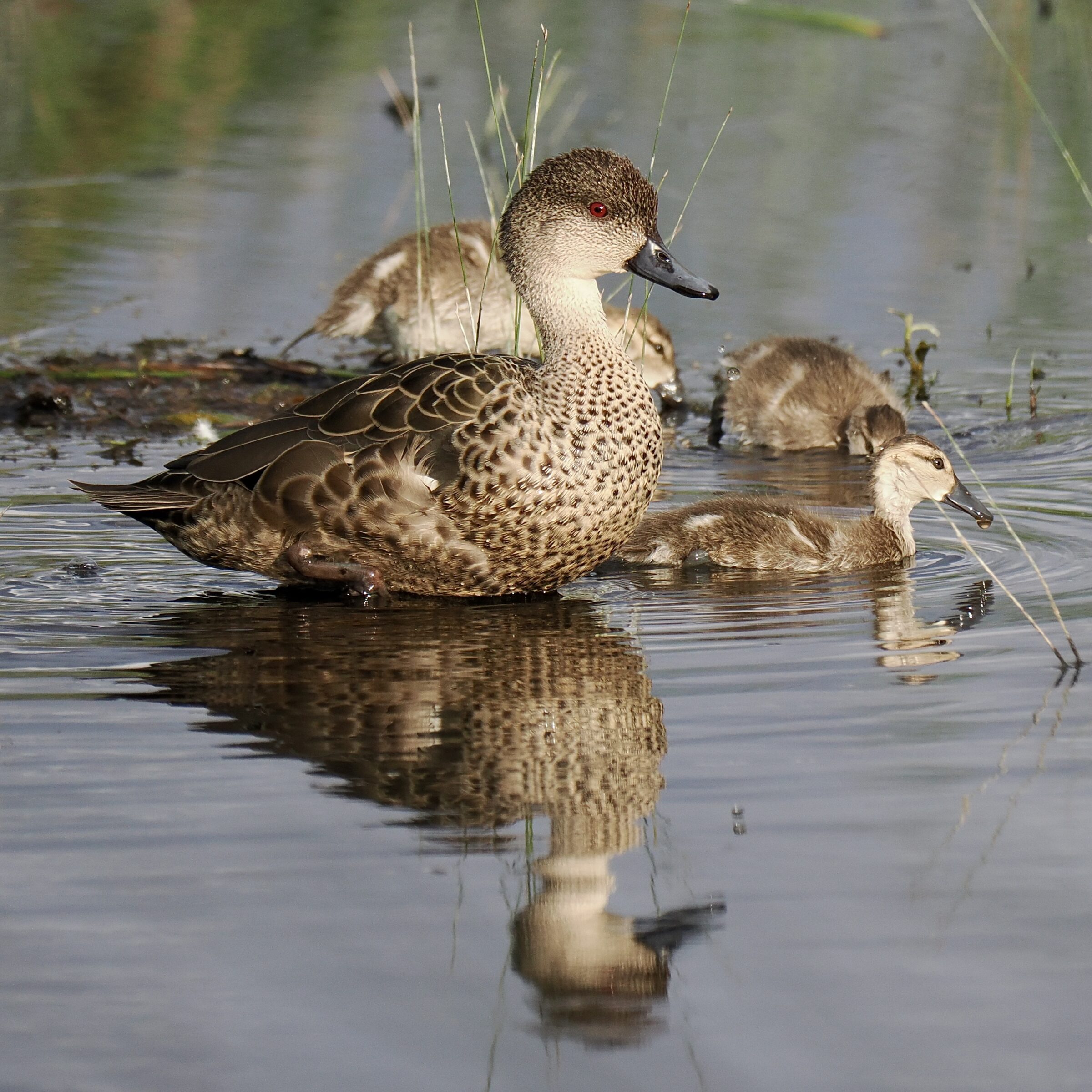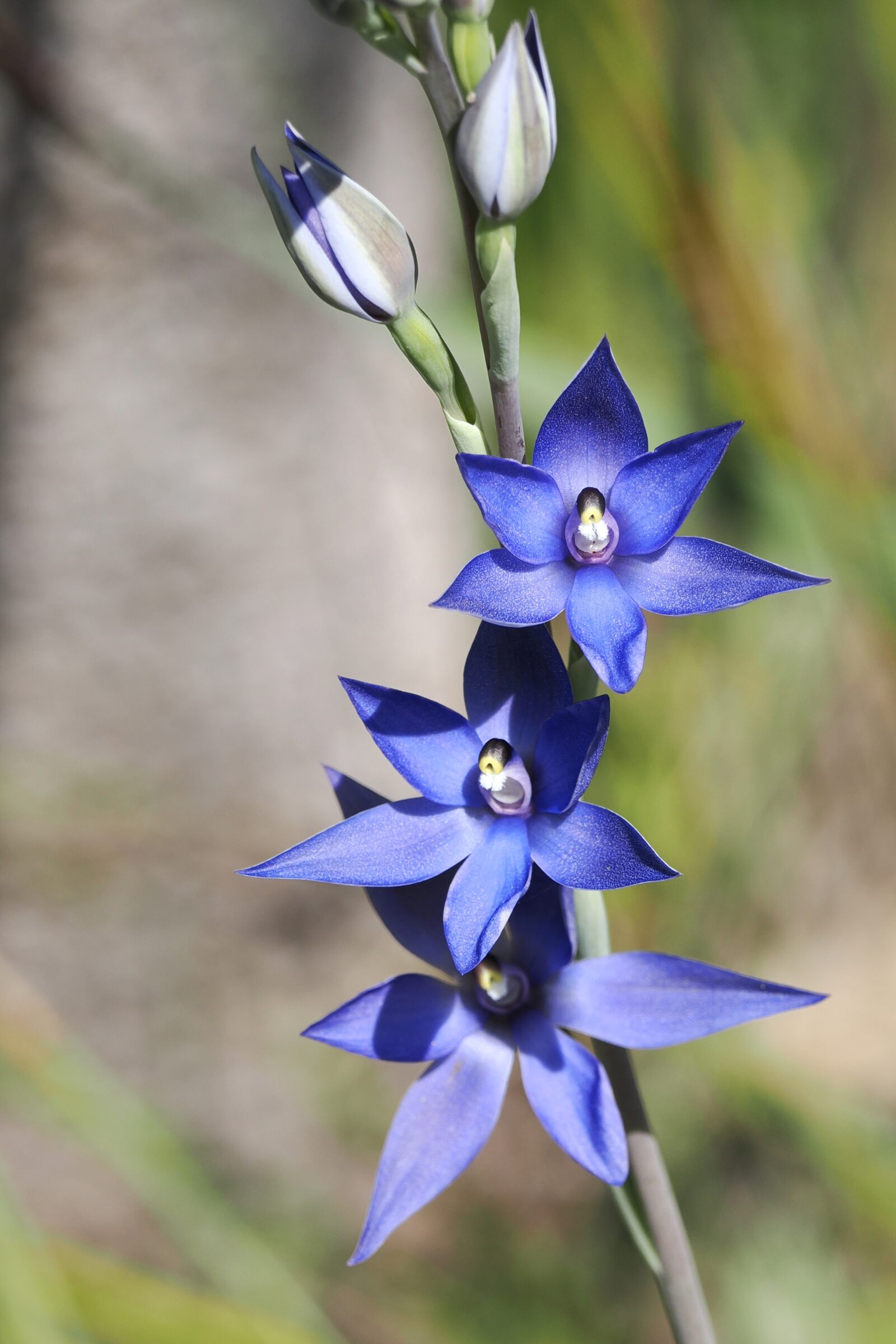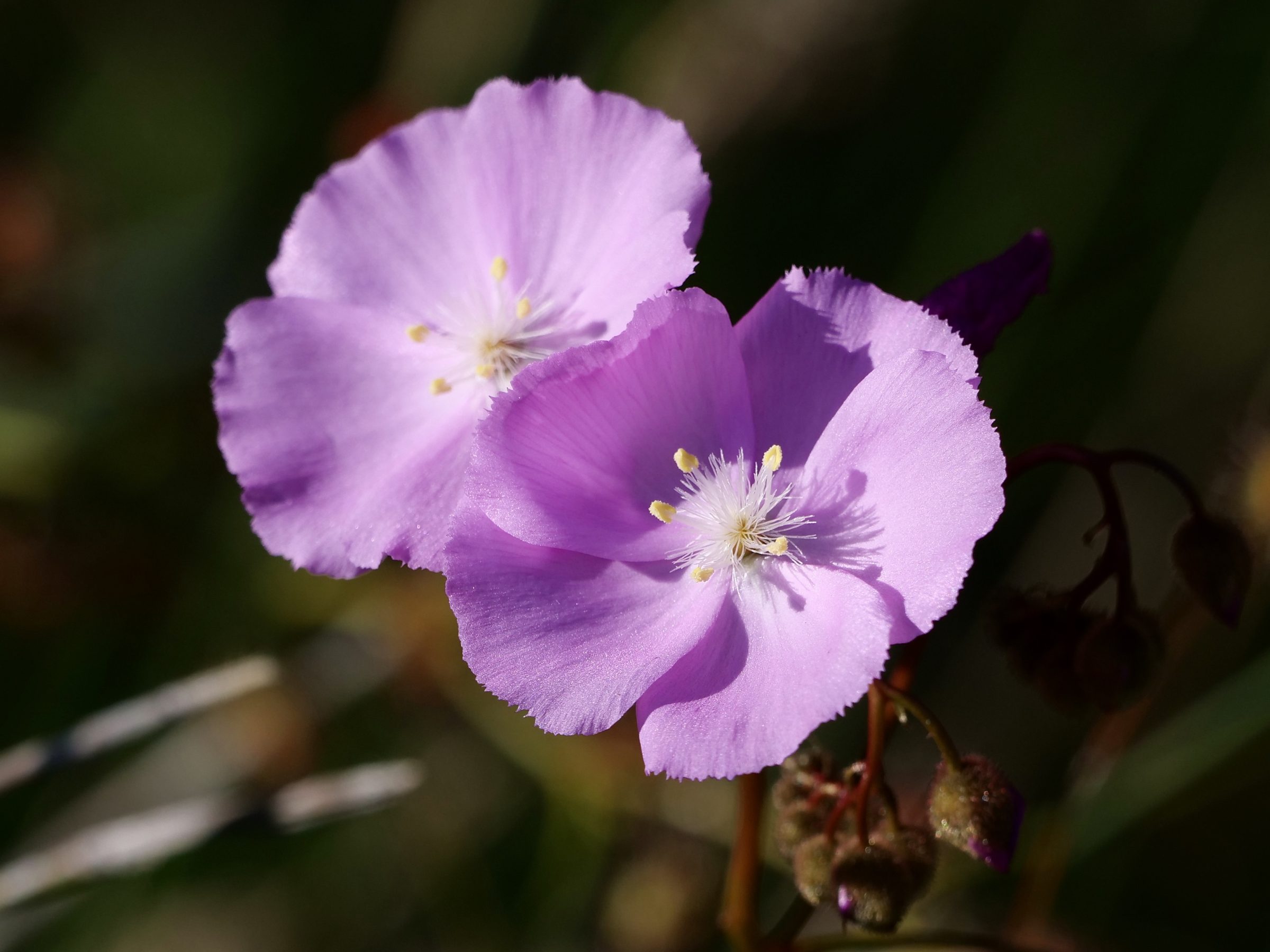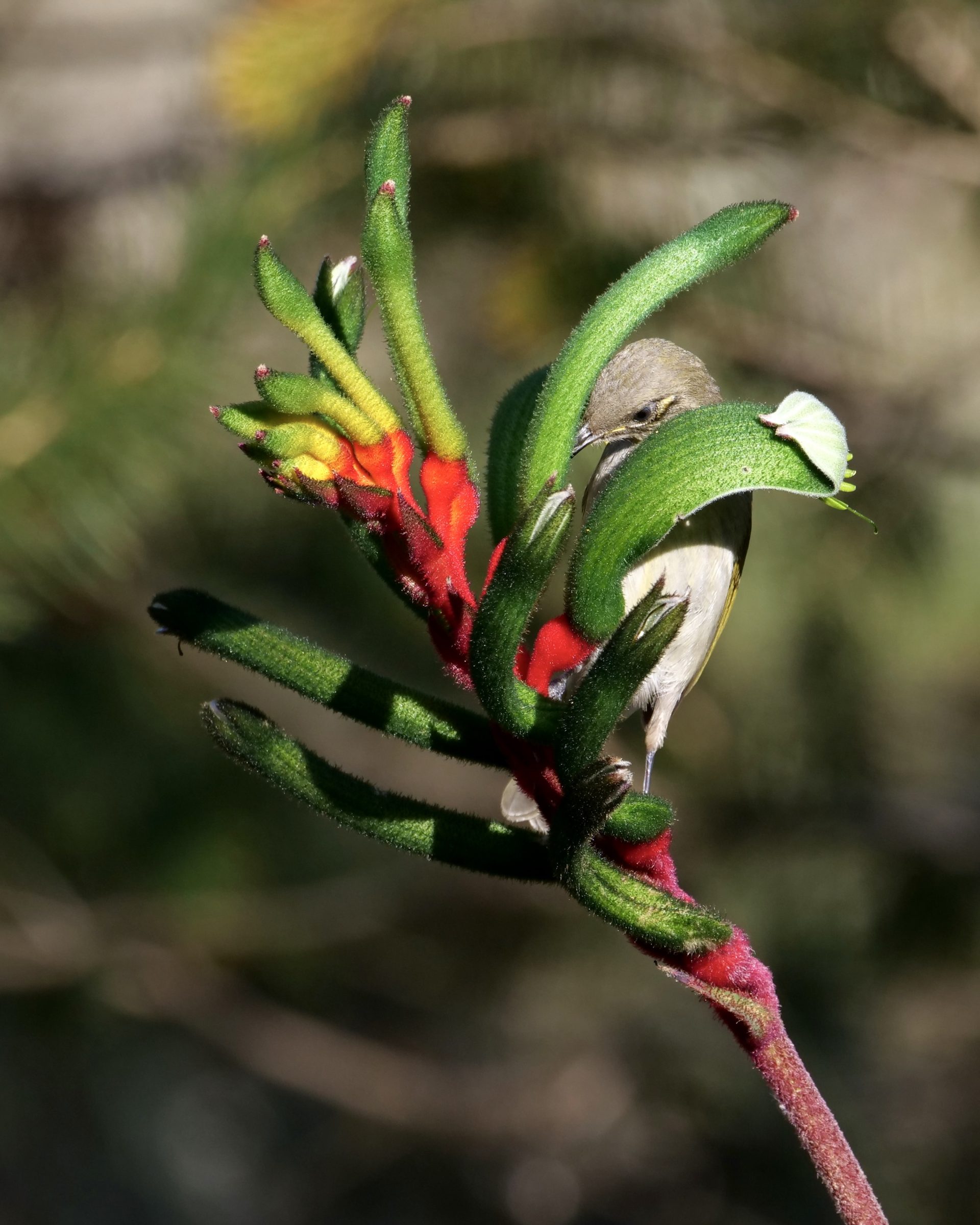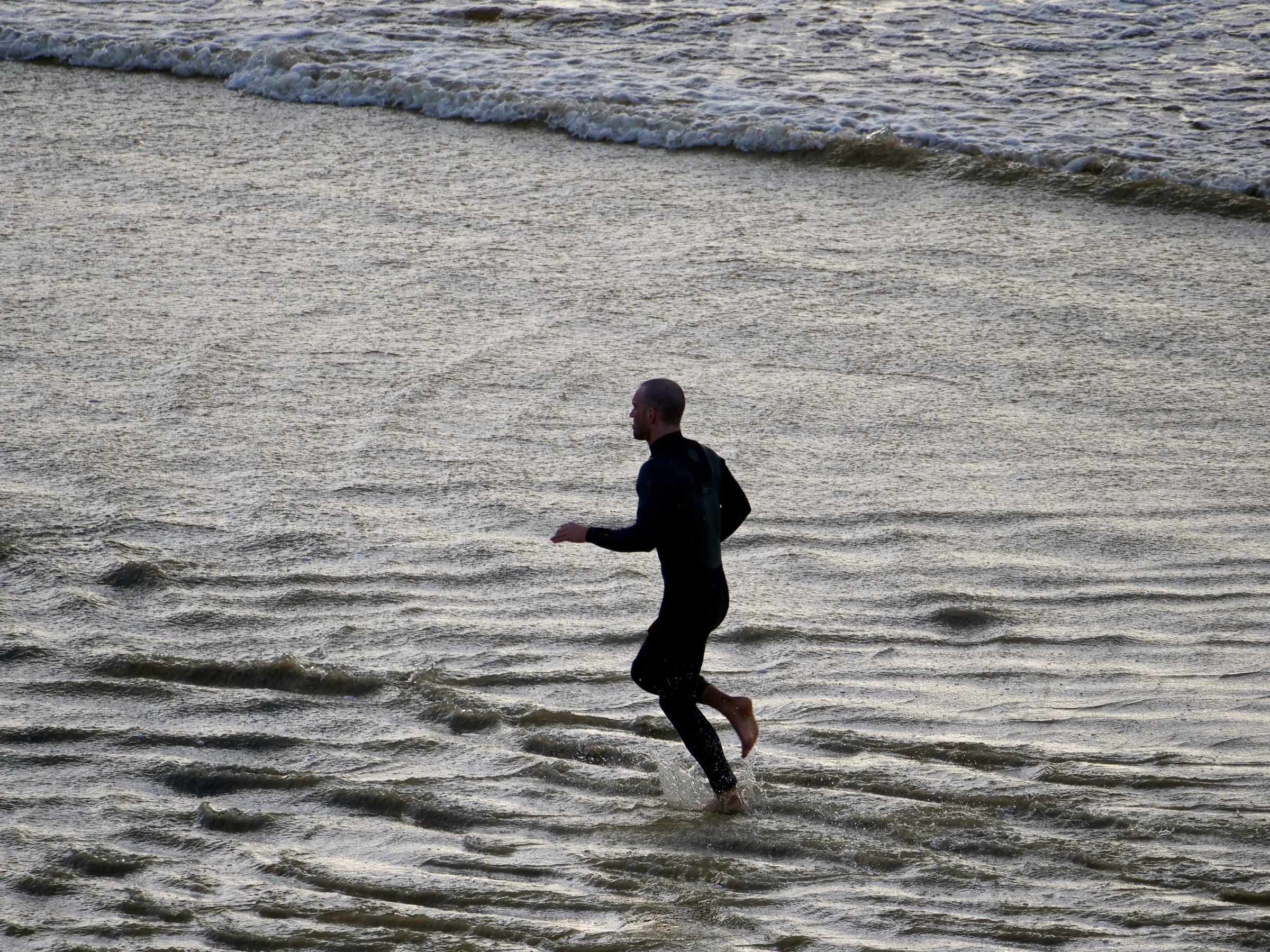Walking along the path atop Rocky Bay’s cliffs, full-on residential suburbia is generally only a few steps away.
If you look over and down to the other (south/ southeastern) side of the Swan, residential suburbia, yachting facilities, and assorted urban infrastructure oft encroach to within a few steps of water’s edge.
Miraculously, however, on the top/ edge of the steep, cliffy (North Fremantle/ Mosman Park) side – and immediately below, on/near that shoreline – Rocky Bay is altogether wilder and lovelier than is usually true of a riverine environment within a “premium residential real estate” area of a capital city
Comments closed